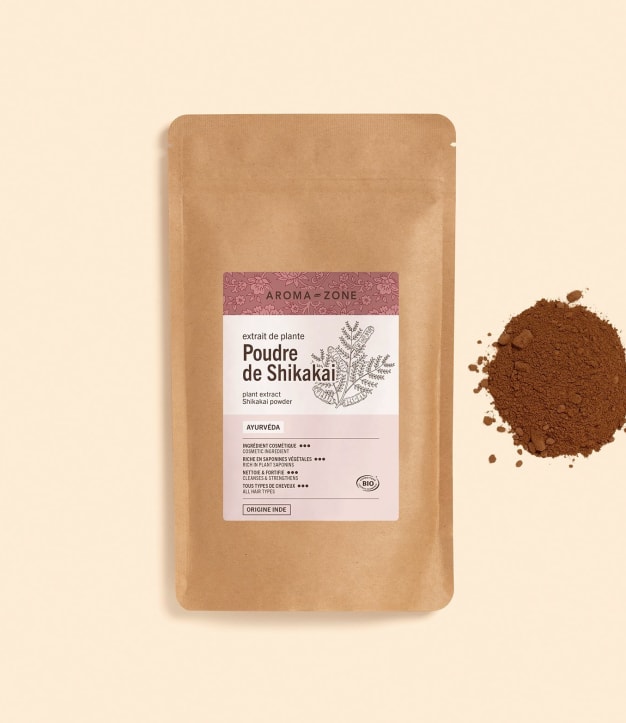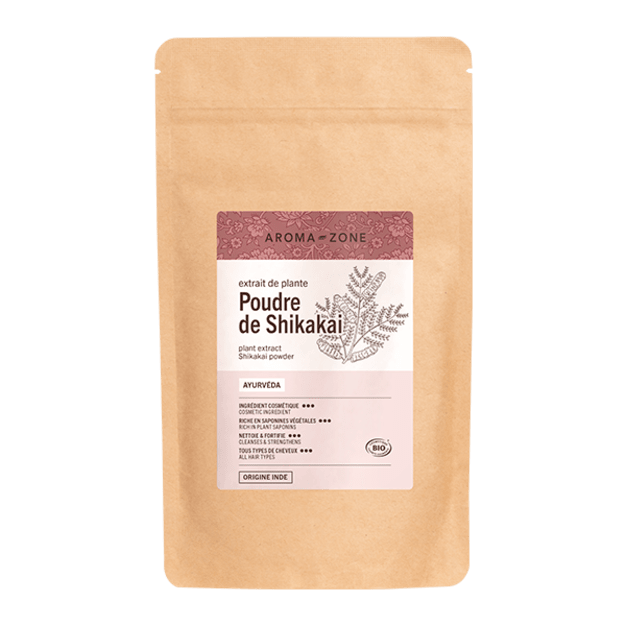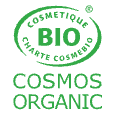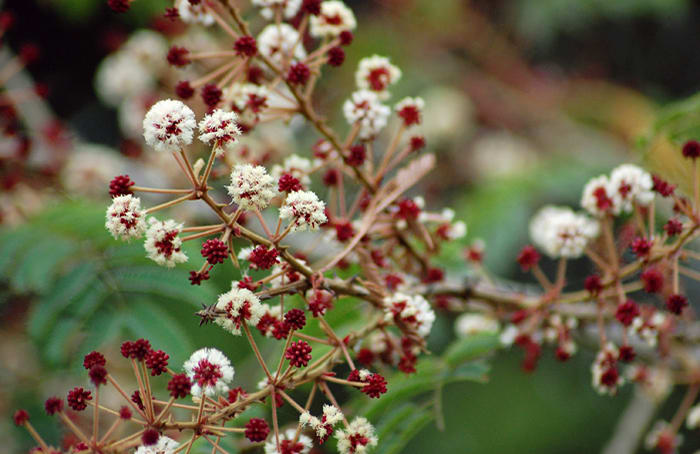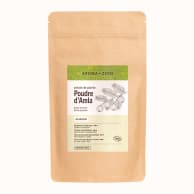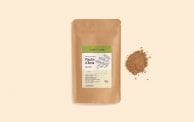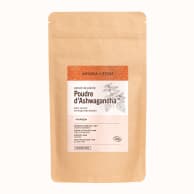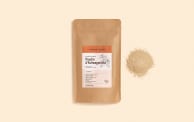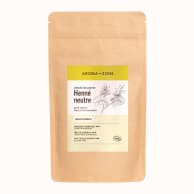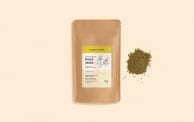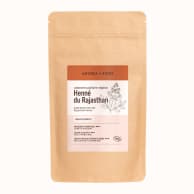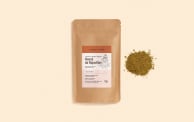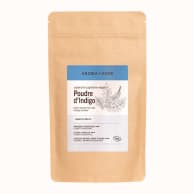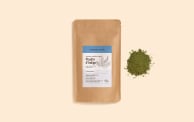Our commitments



Culture
100% of the total ingredients come from organic farming.
COSMOS ORGANIC certified by Ecocert Greenlife according to the COSMOS standard available at http://COSMOS.ecocert.com
Quality
100% pure and natural
Production process
Dried shikakai fruit (pods), ground to a powder
Part of the plant used
100% shikakai fruit powder
Function
Ingredient for preparing plant-based shampoos
Country of origin
India
INCI name
Acacia concinna fruit powder
Presentation
Very fine, light brown powder, packed in a zipped bag
Main active ingredients
Saponins: natural non-ionic cleansing surfactants.
